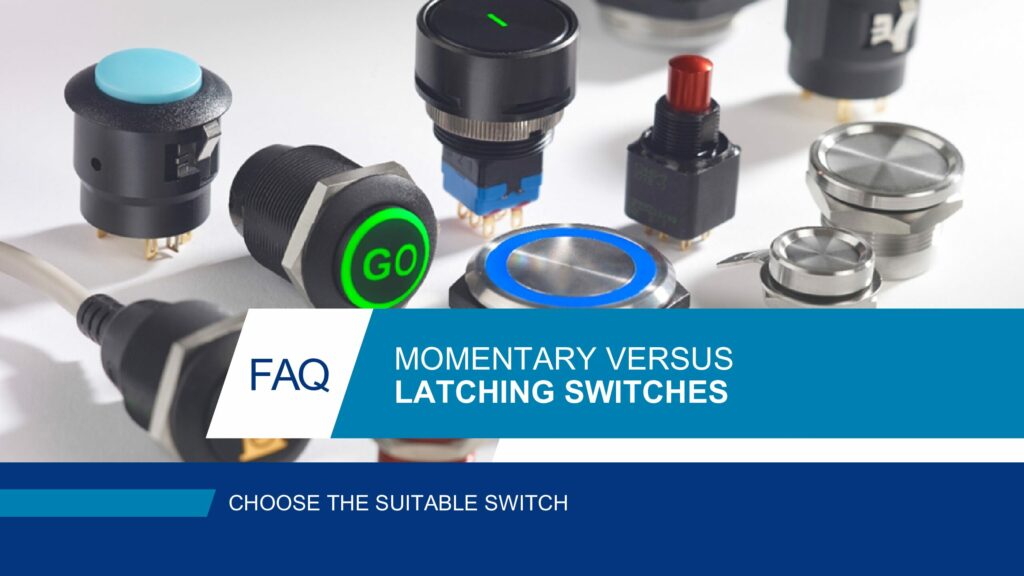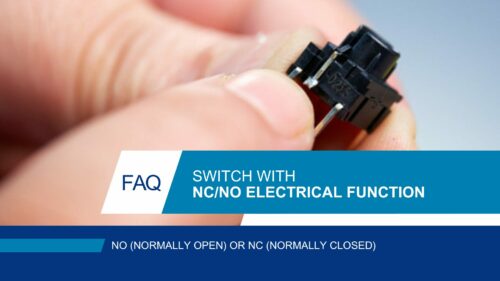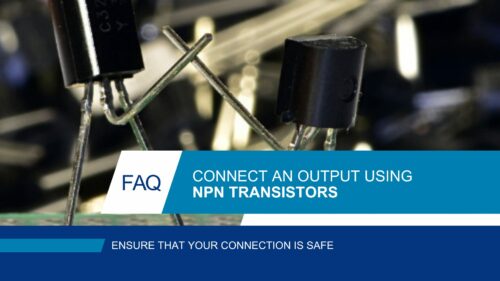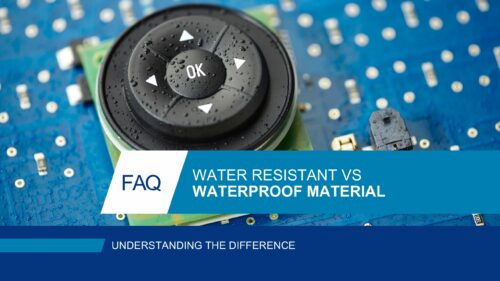One of the most fundamental yet often underestimated components in a circuit is the switch. Two distinct types exist: latching switches and momentary switches, each serving specific applications due to their unique operation. Whether your project requires brief, intermittent connections or stable, persistent ones, select the switch that best suits your specific needs.

What is a momentary push button switch?
A momentary push button switch is designed to form a connection only when pressed and break the connection as soon as it is released. This switch type excels in applications requiring brief and intermittent user interaction. Optimize your device’s responsiveness and control precision with a switch that ensures active engagement only during direct user input, perfect for quick and efficient operations.


What is a latching push button?
A latching push button switch is engineered to retain its current state after being activated. Once pressed, it locks into position—either “on” or “off”—and requires another press to toggle its state. This mechanism allows it to maintain its status without continuous user intervention, providing a stable and persistent switch functionality in various control environments.
Understanding the differences: Momentary vs Latching push button switches
The choice between a momentary and a latching push button switch largely depends on the functionality required in the circuit and the expected user interaction with the switch.
The comprehensive table below details a side-by-side comparison of Momentary versus Latching push button switches. Discover key insights into their functionality, applications, and advantages to seamlessly integrate into your systems.
Whether you’re upgrading existing configurations or spearheading new innovations, this guide is designed to enhance your decision-making process, ensuring you select the perfect switch that aligns precisely with your project’s demands.
To sum up, here’s a table comparing momentary and latching switches:
| Momentary push button switches | Latching push button switches | |
|---|---|---|
| Definition | Only active when the button is pressed; returns to its default state once released. | Remains in its last state after being pressed, until pressed again. |
| Circuit Type | Normally open or normally closed | Normally open or normally closed |
| Behavior | Spring-loaded; returns to initial position automatically. | Maintains its position until toggled again. |
| Typical applications | Doorbells, keyboards, intercoms, household appliances. | Lighting switches, safety alarms, power controls. |
| Installation complexity | Simple, as it only requires connecting two endpoints. | More complex due to the need to manage state retention. |
| Maintenance | Low maintenance; less likely to malfunction due to fewer moving parts. | Higher maintenance due to mechanical complexity. |
| Durability | Higher due to less mechanical stress. | Lower due to constant mechanical engagement. |
| Cost | Generally cheaper due to simpler design. | More expensive due to additional mechanical components. |
| Switching mode | Momentary contact | Continuous (or maintained) contact |
| Advantages | Simple design Less prone to damage Economical | Does not require continuous pressure Convenient for toggling power state |
| Disadvantages | Requires continuous pressure for operation | More prone to wear and tear |
| Electrical specifications | Varies widely based on design and manufacturer. | Varies widely based on design and manufacturer. |
| Ideal for Use | Applications requiring short, transient inputs. | Applications where a switch must maintain state without continuous user intervention. |
| Example of Use | A keyboard key which must be held down for input. | A light switch that turns on/off with each press. |

How to choose between a momentary and a latching push button switch for a specific application?
Momentary switches are best for short-duration tasks such as in keyboards or medical alerts, functioning only when pressed. In contrast, latching switches are suitable for applications requiring a persistent state, like room lighting or security systems, maintaining their position until pressed again.
Utilize the appropriate switch type to enhance functionality and reliability in industrial setups, consumer electronics, or automotive systems, ensuring efficiency and user safety.
Consider the environment, frequency of use, and whether the switch needs to provide constant or momentary feedback for optimal operation.
APEM offers a wide range of push button switches with latching or momentary functions:
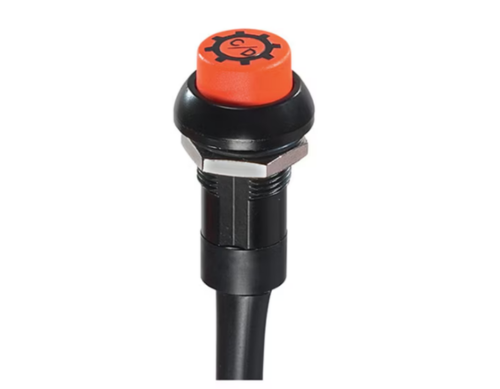
IP-latching illuminated or non-illuminated latching action pushbuttons for harsh environments
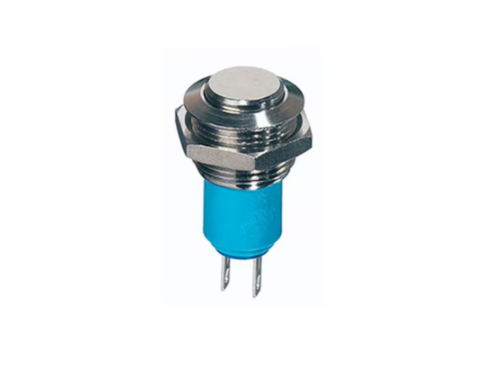
AV – 16 – latching anti-vandal or security models.

IZ – metal – latching, a rear mounted pushbutton, available with a polyamide or a metal case
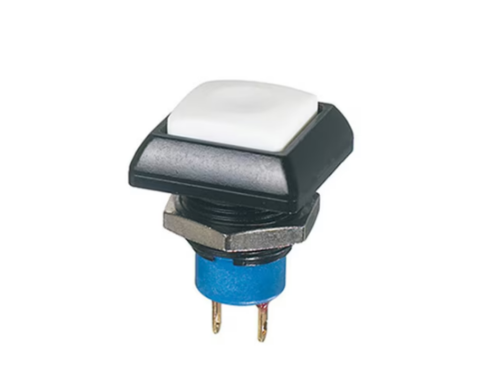
IP – momentary, illuminated or non-illuminated momentary action pushbuttons for harsh environments, sealed to IP67
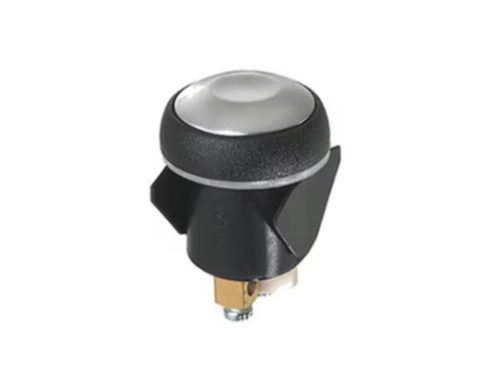
IQ – momentary sealed pushbutton switches featuring snap-in mounting for easier and faster installation
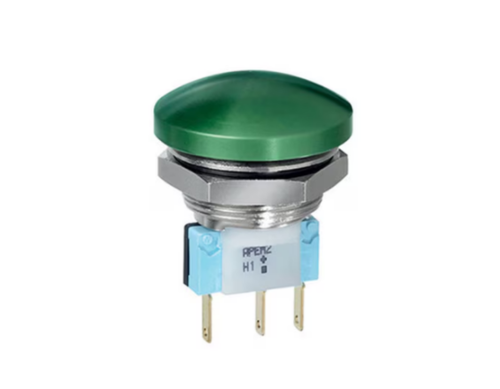
AV – 22 – mushroom head available with momentary combining NC+NO functions
The experts at APEM can guide you in choosing the most suitable push button switch for your project.
